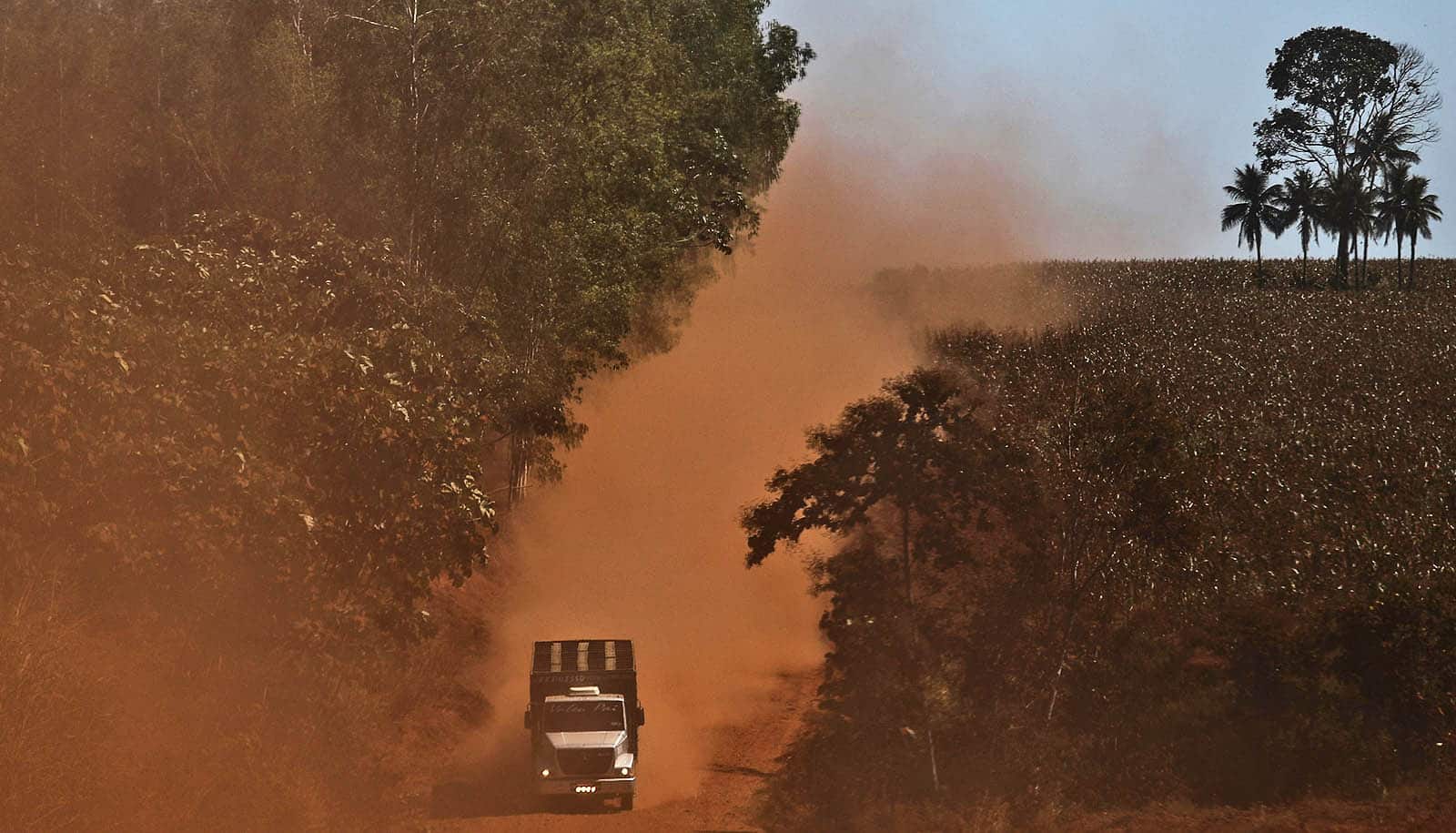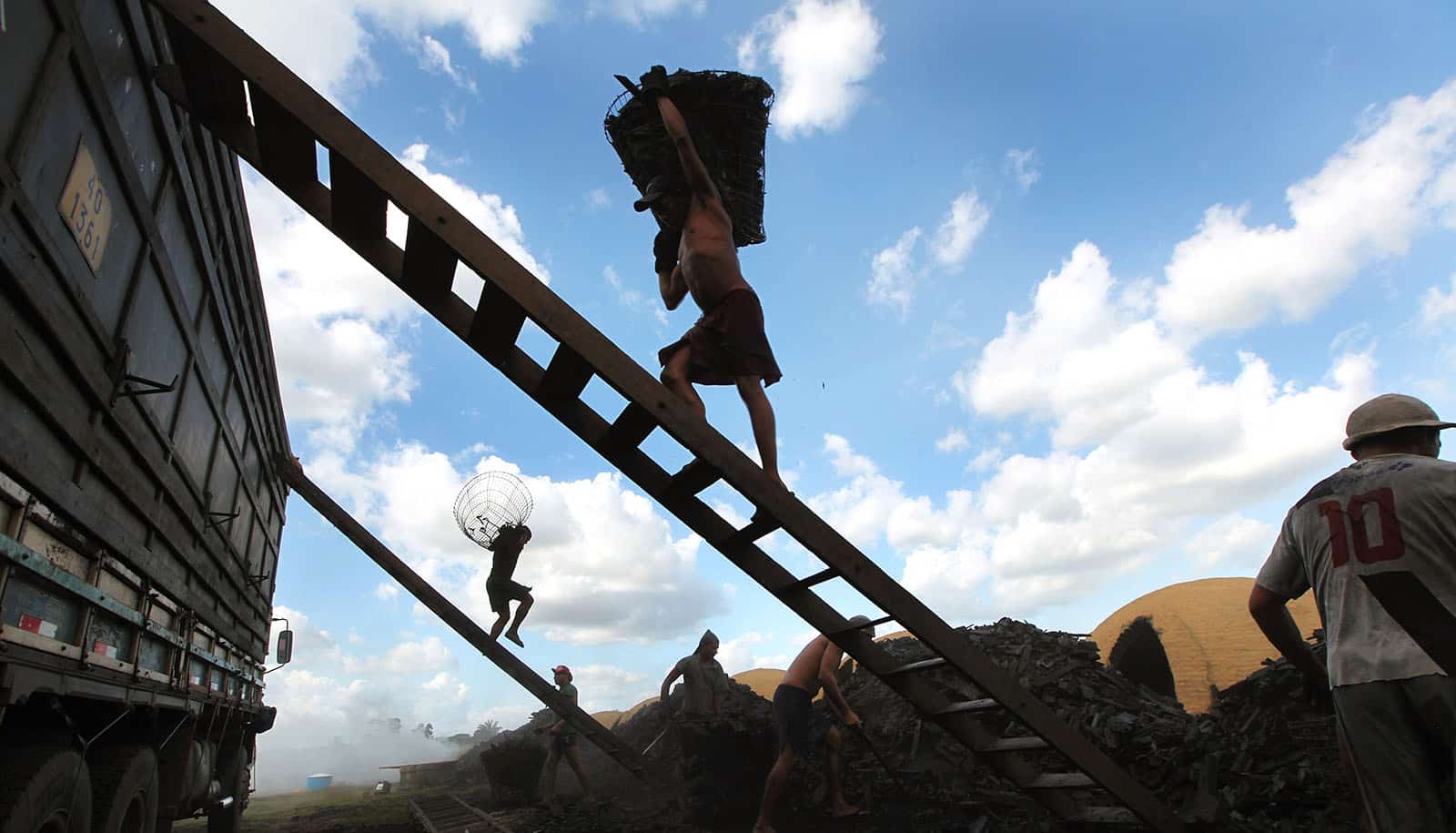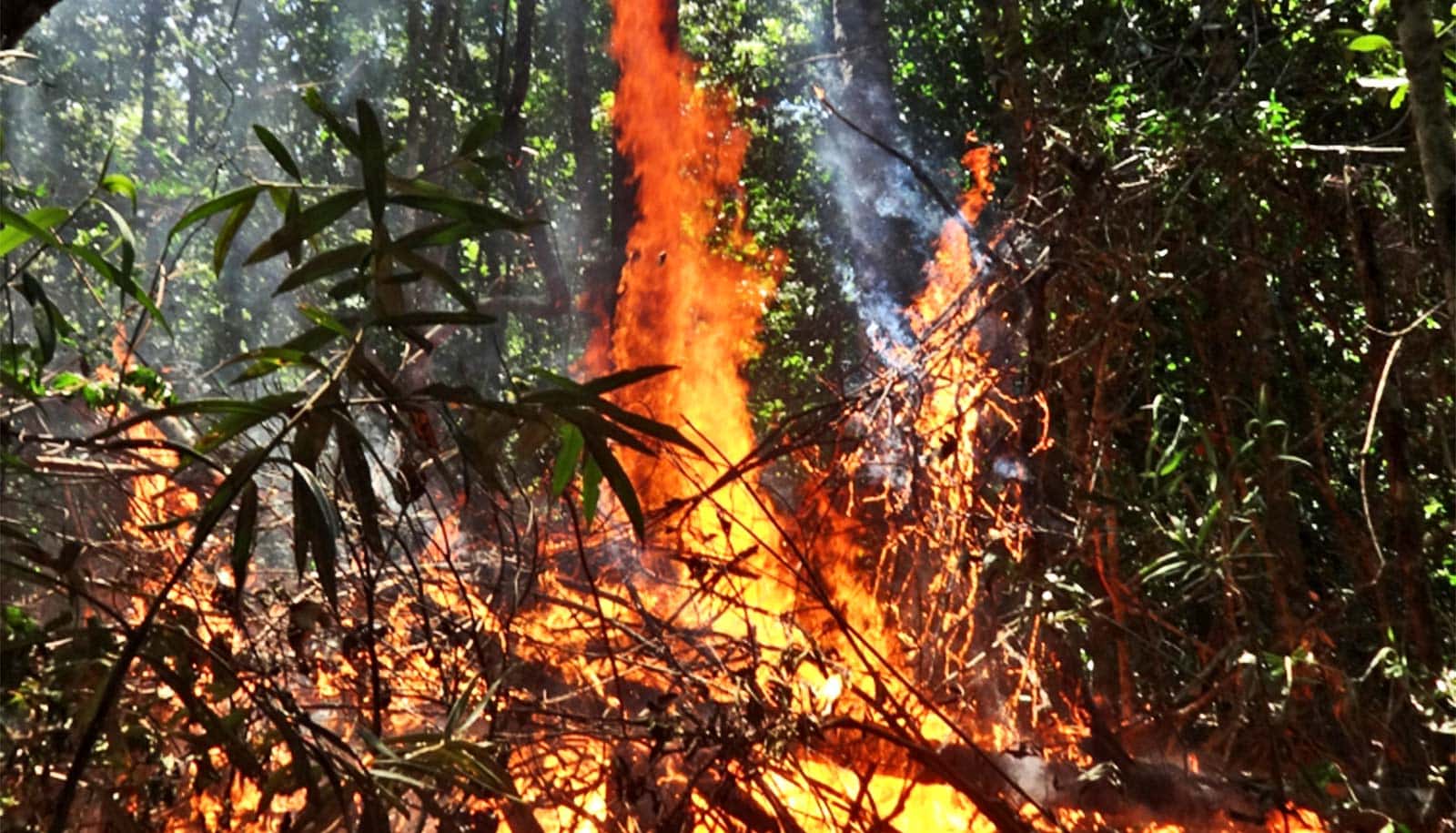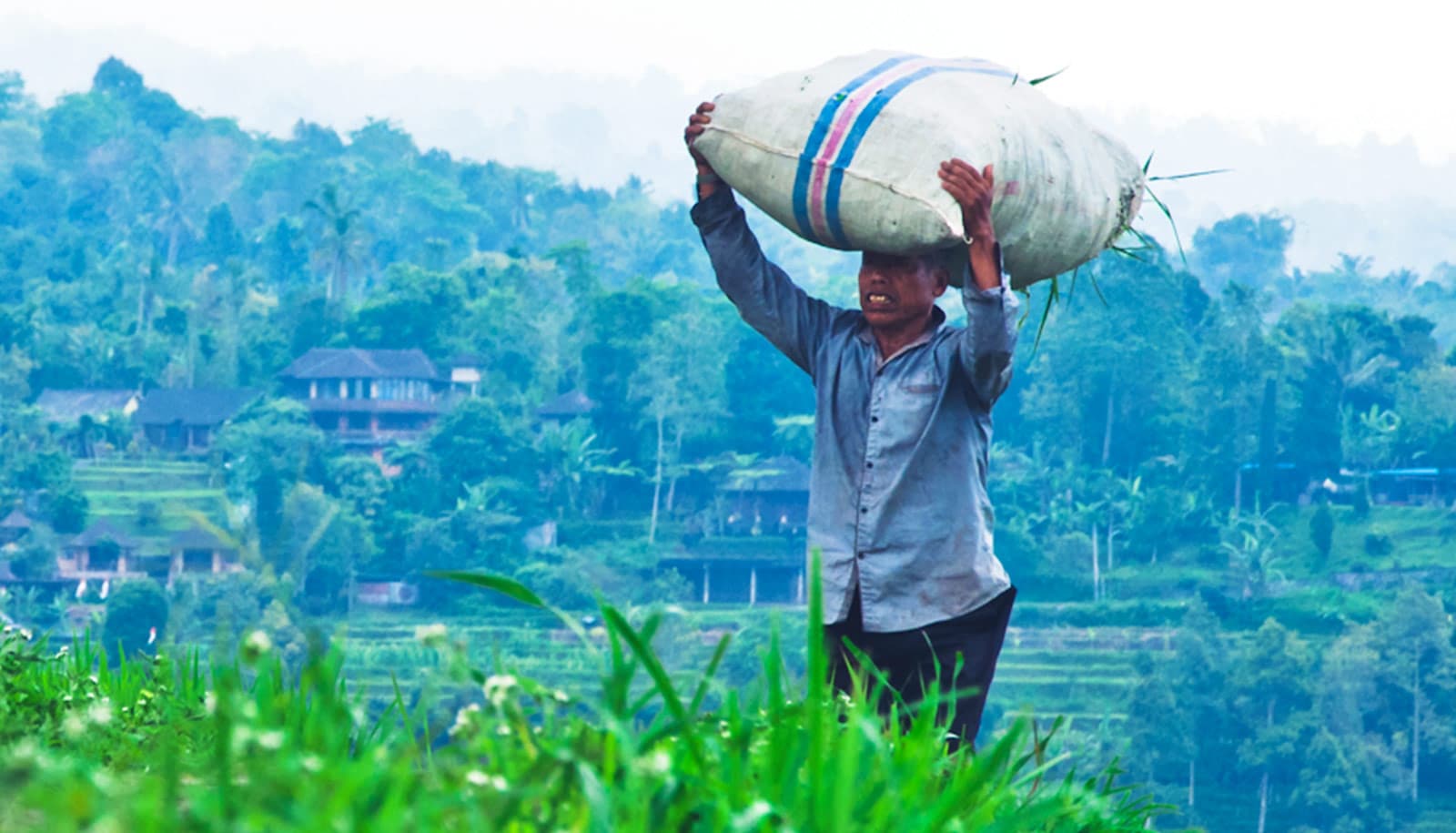To protect tropical forests in Brazil, commodities traders have made voluntary commitments to avoid buying soybeans grown in areas that have recently been deforested. That’s not enough, two studies show.
Soybean production continues to soar. Every year an estimated 480,000 hectares of rain forest are cleared in order to plant soybeans.
A team of economists and geographers has investigated the effectiveness of “zero-deforestation policies” intended to contain Brazil’s soy production and procurement to forest areas that have already been cleared.
The researchers also analyzed the impact of the Amazon Soy Moratorium (ASM) on the protection and deforestation of the Amazon rain forest. In addition, they looked into various scenarios to assess the impact that new global commitments would have on deforestation, both in Brazil and worldwide.
Rachael Garrett, assistant professor for environmental policy at ETH Zurich, postdoctoral researcher Florian Gollnow, and Kimberly Carlson, assistant professor from New York University, were heavily involved in both studies, recently published in Nature Communications and Environmental Research Letters. They conclude that although the ASM has managed to reduce deforestation in the Amazon, its impact is actually less than previously estimated.
This is because many companies that have not made such commitments still procure soybeans from areas where there are forest lands that are suitable for soybean production. This effectively pushes clearance into unprotected areas—a phenomenon which the researchers call “leakage”.
Due to this loophole, the first study, led by Nelson Villoria, professor at Kansas State University, shows that the containment of deforestation in the Amazon rainforest is partly offset by clearance in other forest regions: It estimates that over half (53%) of the deforestation savings in the Amazon region over the period 2011-2016 were eliminated by clearances in other regions.
The more recent study also shows that commitments are being implemented across a smaller area of forest than previously estimated. “The area protected by commitments made in the Amazon rain forest is only 2,300 square kilometers (888 square miles), rather than 18,000 square kilometers (6,950 square miles),” says Garrett.
Nevertheless, the scenarios presented in the studies do provide hope for the future of the rainforest in Brazil. If soybean traders, for example, were willing not only to adopt the ASM but also implement their global commitments for zero-deforestation production, current levels of forest clearance in Brazil could be reduced by around 40%. Above all, this would offer better protection for Brazil’s tropical savanna, the Cerrado, which is also threatened by the leakage phenomenon.
Deforestation could be reduced by another 37% if all companies buying soybeans from Brazil were to comply with strict rules on zero deforestation. This scenario would also have a positive effect on the protection of forests worldwide, by reducing leakage into other countries.
Gollnow’s study also concludes that smaller soy traders do not adopt the commitments, and this has a negative impact on the use of forest areas by soy farmers. Environmental campaigns often target smaller traders to a far lesser extent than bigger companies who trade in much higher volumes and therefore have a bigger environmental impact.
Larger organizations also benefit from cost savings through mass production, making it easier for them to invest in these commitments. Aside from the ASM, however, all companies are still failing to implement the commitments in a transparent manner along the entire supply chain. The researchers conclude that protection for the Cerrado would be improved by some 50% if local soybean traders were to implement their zero-deforestation commitments (ZDCs) as effectively as the ASM is applied in the Amazon rain forest.
Above all, there are also major regional discrepancies in the adoption of commitments. Many of the lands in the Cerrado are ideal for growing soy. However, more than half these lands lie in areas where soy is procured mainly by companies which have not adopted the voluntary ZDCs. In other words, the commitments do not provide adequate protection for those areas especially endangered by deforestation. The Cerrado—along with its incredible diversity—is therefore under massive threat from forest clearance for soy production.
What’s more: international agreements are not enough. Zero-deforestation rules need to be introduced not just in Brazil, but in countries that import soy. “The EU initiative for zero-deforestation supply chains is an important step in this direction,” notes Gollnow. If all commodities traders importing soy into the EU over the period 2011-2016 had had supply chains completely free of deforestation, the clearance of around 400,000 hectares (1,544 square miles) of forest could have been avoided. However, the EU rules applicable at the time only protected some 15% of the Brazilian rainforest.
Deforestation has been a controversial issue for some time in Brazil and was once again in the spotlight due to the presidential election on October 30. Voters chose between the conservative Jair Bolsonaro and the liberal Lula da Silva. The protection of forests in Brazil has become much worse under Bolsonaro. Previously, da Silva had extended the protection zones and tightened up the implementation of zero-deforestation rules, combined with stricter monitoring of soy traders. Bolsonaro reversed these changes during his term of office.
“Deforestation increased during Bolsonaro’s presidency, as he encouraged farmers to claim free areas for themselves and clear them of forest,” says Garrett. The professor reckons that forest protection will improve with da Silva’s election. She thinks this would be an important step towards protecting the planet’s major forests from destruction in the long run.
Source: ETH Zurich



